[raw]
html { box-sizing: border-box; }
*, *:before, *:after { box-sizing: inherit; }
.hidden {display: none;}
body { margin: 0; background: transparent; }
.mp .image { max-width: 960px; margin: auto; margin-top: 2em; margin-bottom:2em; }
.mp .credit { margin: 0; padding: 0; font-size: .8em; text-align: right; }
.mp .first { font-size: 1.4em; line-height: 1.6em; }
.scroller-container { margin-bottom: 75vh; /* padding-left: -1rem; padding-right: -1rem; */ }
.scroller-container__column { width: 100%; }
.scroller-items { width: 100%; }
.scene { align-items: center; justify-content: center; margin: 2.5rem 0; /* width: 100%; */ }
.scene-text { background-color: rgba(255, 255, 255, .8); }
.scene-text h1 { font-size: 1.4em; padding-top: .7em; }
.scene-text p { padding-bottom: 1em; }
.scroller-visual { margin: 2.5rem 0; }
.graphic { align-items: center; display: flex; justify-content: center; font-size: 1.5rem; height: 450px; width: 100%; top: 25%; position: sticky; position: -webkit-sticky; z-index:-1; }
.graphic img { max-width:450px; }
@media screen and (min-width: 34em) { .scroller-container { display: flex; position: relative; }
.scroller-items { width: 450px; }
.scroller-container__column { padding-right: 1rem; padding-left: 1rem; position: relative; }
.sticky-top { position: -webkit-sticky; position: sticky; top: 12.5%; }
.graphic { height: 75vh; } }
The snow is melting. The birds are chirping. Minnesotans are wearing shorts (yeah, yeah, some of them never stopped). It must be spring, right?
If you’re as antsy as us about spring, though, you want to know about the real deal: When are the geese coming back? When will the lilacs bloom?
The Minnesota Phenology Network has a better idea of these things than most. They’re a group of naturalists who record the timing of seasonal flora and fauna events across the state of Minnesota. The group formed in 2010 and compiles observations from independent phenologists, with some records going back to the 1940s.
MinnPost analyzed the network’s dataset to find the average dates of a selection of signs of spring in Minnesota. Because the date things happen in a given year can vary wildly based on location, we’ve limited our analysis to observations in the seven-county Twin Cities metro area and to phenomena that have three or more recorded observations over time.
All illustrations by Greta Kaul.
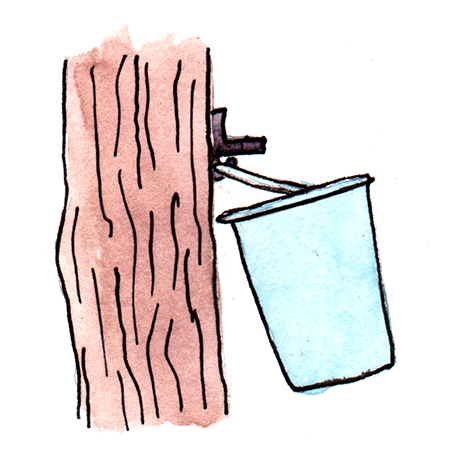
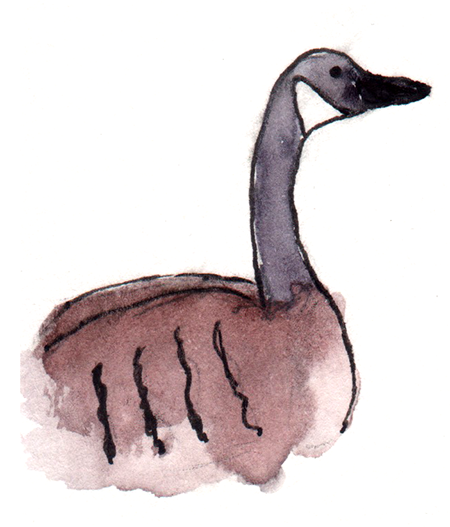
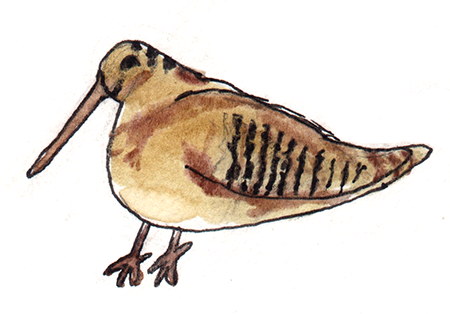
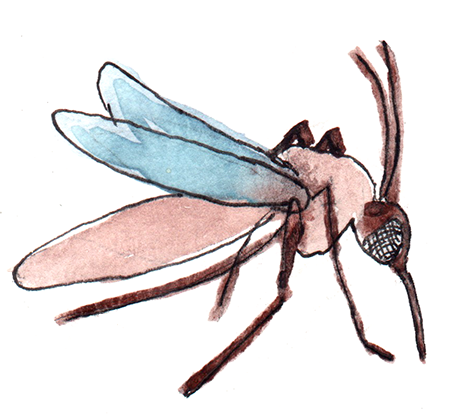
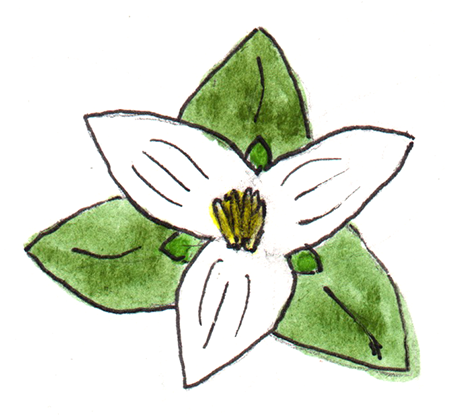
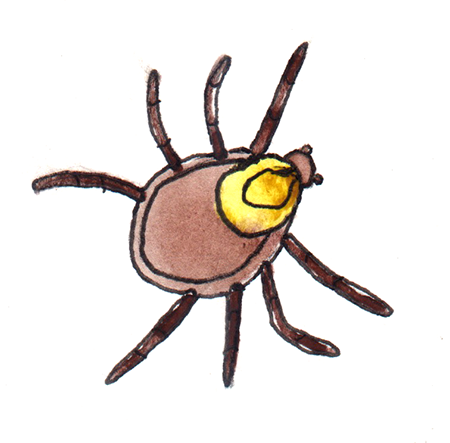
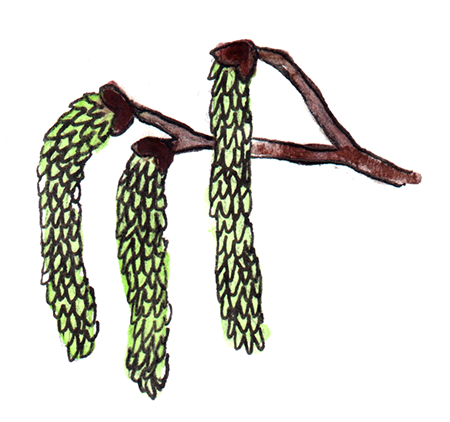
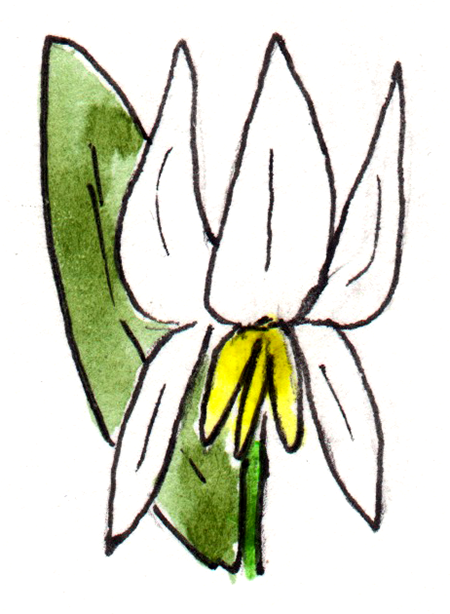
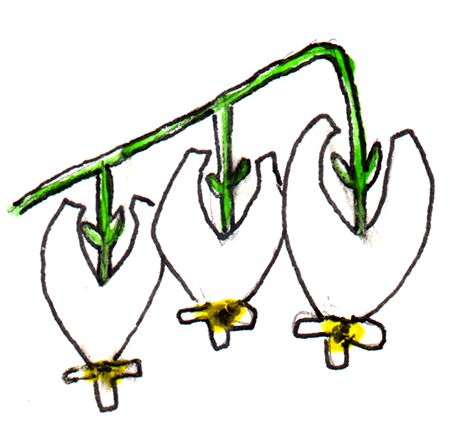
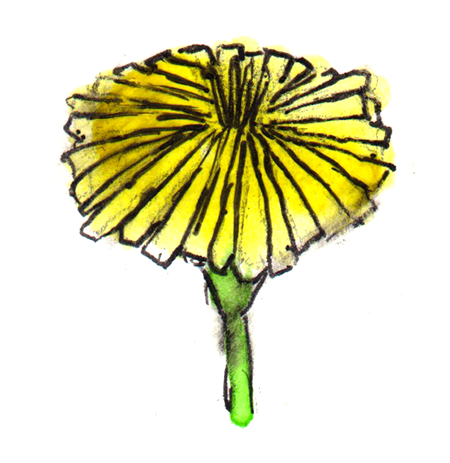
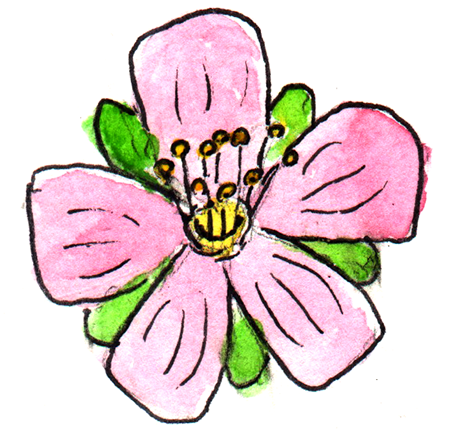

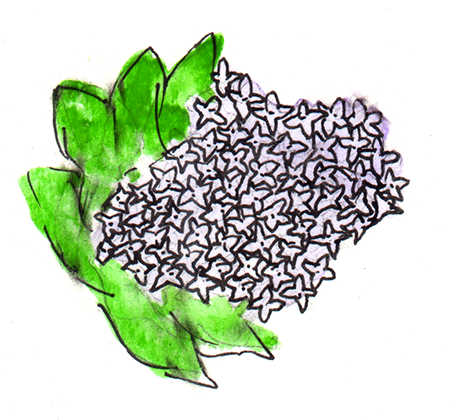


Maple sap flowing
In cold climates like Minnesota, maple trees go dormant in the winter, storing up their food as starch during the cold months. But once temperatures warm, sugary sap starts to flow.
Canada goose spotted
Some Canada geese are year-round residents of Minnesota, but when you look to the sky and see flock after flock of these big honkers coming north from parts south, it’s a sure sign of spring.
Woodcock spotted
“Up and up he goes, the spirals steeper and smaller, the twittering louder and louder, until the performer is only a speck in the sky. Then, without warning, he tumbles like a crippled plane, giving voice in a soft liquid warble that a March bluebird might envy. At a few feet from the ground he levels off and returns to his peenting ground, usually to the exact spot where the performance began, and there resumes his peenting.”
This short, stout gamebird whose mating dance Aldo Leopold immortalized in 1949’s “A Sand County Almanac” makes its return from the southeast around mid-March.
Active mosquitoes
Everybody knows mosquitoes — not loons — are the real Minnesota state bird. Mosquito eggs hide out in the soil during the winter, but they generally start hatching around early April.
Flowering snow trillium
This rare woodland flower is one of the earliest ephemerals to appear — sometimes while there’s still snow on the ground. Other varieties of trillium can be found later in the spring.
Active wood ticks
It wouldn’t hurt to start checking for ticks mid-April, when wood ticks re-emerge from their winter inactivity. (You should also be checking for deer ticks, the tiny ones that transmit Lyme disease).
Flowering quaking aspen
Look closely at the tips of trees and you might start to see green in the first few weeks of April. Catkins — bright, green shocks that develop at the ends of quaking aspen branches — emerge around that time. They are the tree’s flowers and are a sign that the trees will leaf out to quake when the wind blows in the summer months.
Flowering white trout lily
If you’re looking to do some trout lily fishing in America — Minnesota, at least — mid-to-late April is usually a good time to start. These native plants with drooping flowers are found in colonies in shady, wooded areas. The dwarf trout lily, which resembles the white one, is endangered, so it’s best not to touch these.
Flowering Dutchman’s breeches
These white and pink wildflowers, native to Minnesota, derive their name from their resemblance to pairs of pants hanging upside-down. They can be found in shady wooded areas.
First dandelions
May Day brings bad news for fastidious lawnkeepers: dandelions are coming. These non-native weeds’ name comes from the French dent de lion, meaning lion’s tooth. They flower pretty much all summer long.
Flowering apple trees
Apples may be a sign of fall, but their blossoms are a sure sign of spring. Look out for them in the first week of May.
Flowering prairie smoke
These native plants are some of the first prairie flowers to bloom in the spring, with wispy, tufted tips.
Flowering lilac
Lilac, with its distinct, sweet smell, tends to bloom during the last few weeks of school.
Flowering jack in the pulpit
These sneaky woodland flowers, which do, in fact, kind of look like a person standing in a pulpit, are often found by morel mushroom hunters in May.
Flowering white lady’s slipper
The white lady’s slipper, a small, delicate woodland orchid, starts to bloom around the end of May. Its relative, the pink and white showy lady’s slipper, is Minnesota’s state flower.
All data supplied by the Minnesota Phenology Network and its volunteers. For more information about the network, visit http://mnpn.usanpn.org.
function getRandomIntInclusive(min, max) { min = Math.ceil(min); max = Math.floor(max); return Math.floor(Math.random() * (max – min + 1)) + min; //The maximum is inclusive and the minimum is inclusive }
var scenes = document.querySelectorAll(‘.scene’);
for (var i = 0; i






Lovely illustrations! The woodcock’s peenting is great fun to observe in person. (Leopold’s description is wonderful, but can’t match the real thing.) My father and I found a reliable peenting ground in NE Wisconsin and enjoy the spectacle every spring.
Delightful illustrations and report! The Cable WI Natural History Museum use to publish a phenology calendar. I so miss it. Thanks for giving us hope that spring will return to the Upper Midwest!
Refreshing and welcome in these days of constant bickering among the reading public.
Thank you !
After a brutal February, a nice preview of what and when to expect and illustrated perfectly. Thanks!
Greta you are not only very smart, but also talented. Thank you!